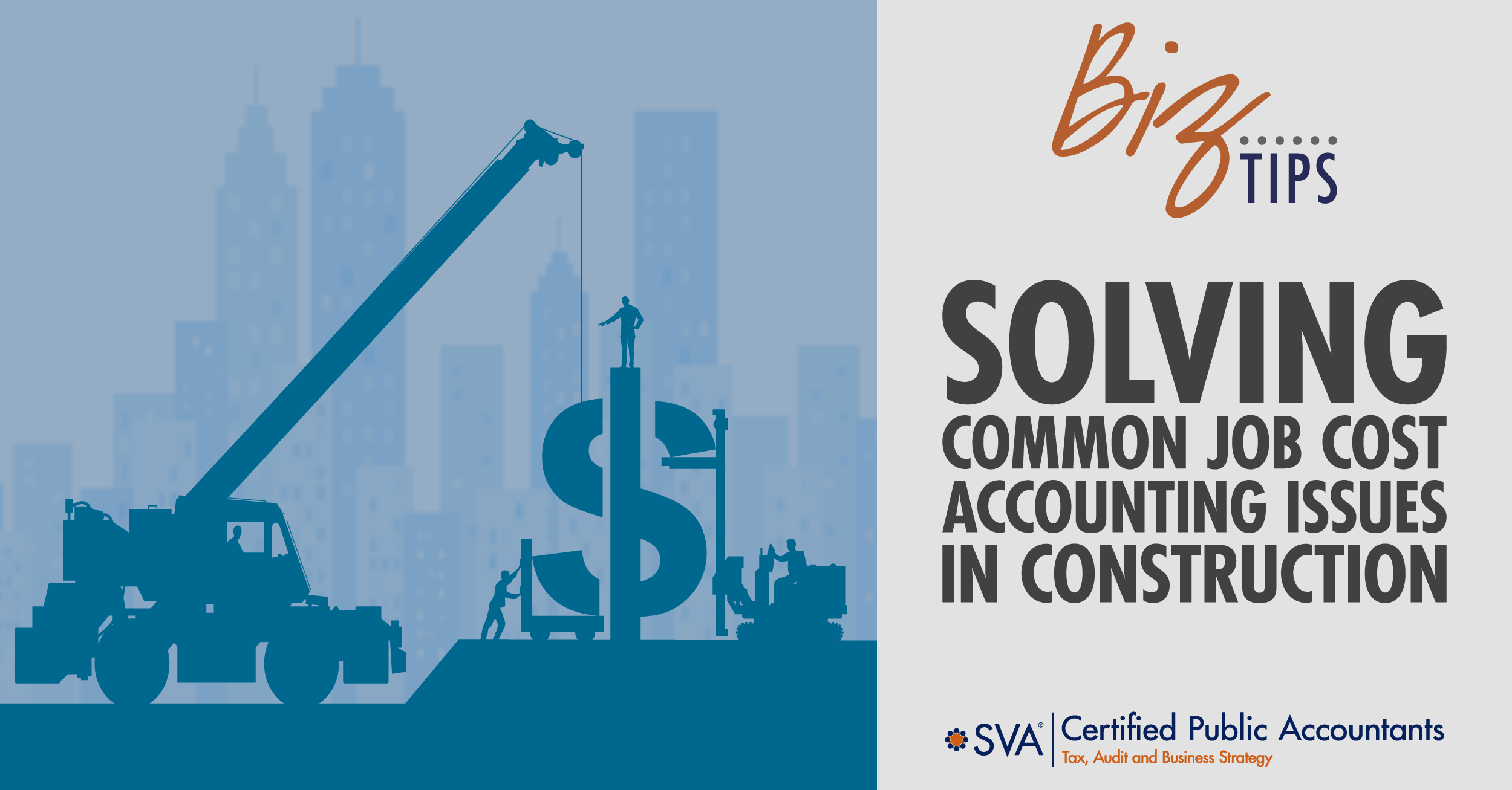| Highlights: |
- Identifies key job costing problems construction companies face—misallocating costs, labor tracking errors, change order oversight, and underestimating materials—impacting profitability.
- Offers practical solutions, including using comprehensive systems, automating time tracking, implementing change management, and updating material cost estimates.
- Emphasizes integrating job costing with overall accounting, tracking equipment costs accurately, and enabling real-time cost monitoring for better project financial control.
|
For construction companies, monitoring the financial health of its projects and making informed decisions to ensure profitability requires accurate job costing. However, managing construction job costing effectively can be a challenge.
What is Job Costing in Construction?
In simple terms, it’s a method of tracking all expenses related to a specific construction project. This includes materials, labor, equipment, subcontractor fees, and overhead costs. The more detailed the breakdown, the more accurately a company can track expenses and identify issues that could affect profitability.
By accurately tracking these costs, construction company owners can assess the profitability of each project and make informed decisions about bidding on future jobs.
Common Job Costing Issues in Construction and How to Solve Them
Misallocating Direct and Indirect Costs
One of the biggest challenges in job cost accounting is correctly allocating direct and indirect costs. Direct costs, such as labor and materials, are easier to track. However, indirect costs such as equipment maintenance, insurance, and other general overhead can often be misallocated.
| Solution |
| Use a comprehensive job costing system to categorize both direct and indirect costs appropriately. Set up a framework that ensures all overhead expenses are distributed accurately across each project. By identifying key cost drivers and allocating indirect costs based on the activities that contribute to them, companies can ensure each job bears its fair share of indirect expenses. This framework will give you a true picture of the costs associated with each job. |
Inaccurate Labor Cost Tracking
Labor costs can be one of the largest expenses in construction, yet they are often miscalculated. Without an efficient cost tracking system in place, organizations may struggle to accurately monitor and track labor job costs. This can lead to discrepancies between estimated and actual costs, making it difficult to identify potential issues or take corrective actions in a timely manner.
| Solution |
| Invest in technology solutions that automate data collection and provide real-time insights. For example, implementing cloud-based, time-tracking tools or software that integrates with accounting software can enable seamless data flow. This will ensure that every hour worked is accounted for in the job costs, and labor data is continuously updated and readily available for analysis. Also, be diligent in forecasting labor needs during the planning stages. |
Not Accounting for Change Orders
Change orders are a common occurrence in construction, yet many companies fail to account for them in their job costing process. When changes are made to the scope of the project, additional costs must be tracked and incorporated into the overall job cost.
| Solution |
| Establish a robust change management process and clearly communicate any changes to all stakeholders involved. This includes documenting changes, assessing their impact on costs and timelines, and obtaining necessary approvals before proceeding. By implementing a change management process that includes thorough documentation, cost analysis, and client sign-off, the company can effectively manage scope changes and minimize financial risks. |
Underestimating Material Costs
Fluctuations in material prices can wreak havoc on job cost estimates. Many construction company owners make the mistake of underestimating material costs, leading to overspending on projects.
| Solution |
| When preparing cost estimates, conduct detailed research on current market rates, analyze past projects, and factor in potential price increases. Regularly update your material cost estimates as the project progresses and review supplier contracts to lock in favorable pricing where possible. |
Failing to Integrate Job Costing with Overall Accounting
Another common issue is not integrating construction job costing systems with your overall accounting process. Without this integration, it’s easy to lose track of job-specific expenses and overall financial health.
| Solution |
| Invest in accounting software that is specifically designed for the construction industry and integrates job costing with general accounting. This allows for seamless tracking of project expenses and overall financial reporting, giving you a comprehensive view of your company’s financial status. |
Overlooking Equipment Costs
Equipment usage and depreciation are often overlooked in construction job cost accounting, leading to underreported expenses. Failing to allocate these costs accurately can lead to lower profit margins.
| Solution |
| Consider all equipment costs. It’s important to consider more than just the initial purchase price or rental fees. Some overlooked costs include fuel and other transportation costs such as moving heavy equipment to and from the job site, insurance, maintenance and repairs, and depreciation. For any pre-owned tools, charge a standard rate that you would expect to pay for renting the equipment. Track all equipment costs on a per-project basis. |
Lack of Real-Time Cost Monitoring
Job costing relies heavily on accurate and up-to-date data to make informed decisions. However, many organizations face challenges in obtaining real-time data, leading to delays in cost analysis and decision-making. This can be due to manual data entry processes, inefficient data collection methods, or inadequate data management systems.
| Solution |
| Invest in technology solutions that automate data collection and provide real-time insights. This way, you can monitor costs as they occur, allowing for timely adjustments to labor, materials, and overhead. Real-time monitoring helps keep your projects on budget and on schedule. |
Accurate construction job cost accounting is critical for the success of any construction company. Solving common job costing issues will allow you to gain greater control over your projects and improve profitability.
Integrating a robust construction job costing system with your overall accounting will help each project achieve financial success from start to finish.
© 2024 SVA Certified Public Accountants

